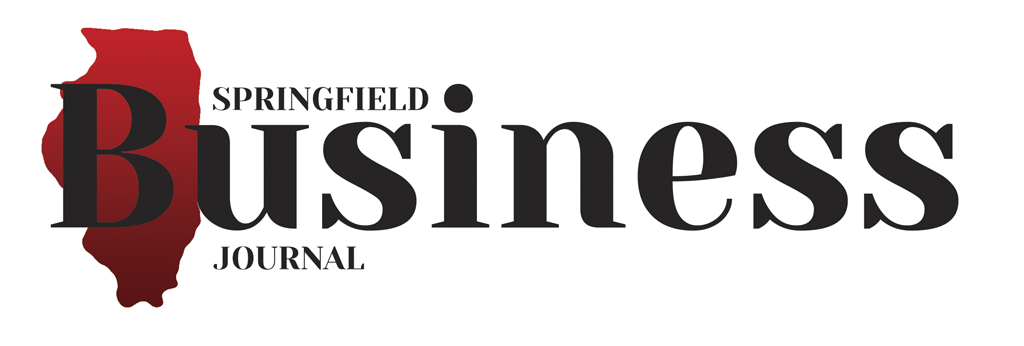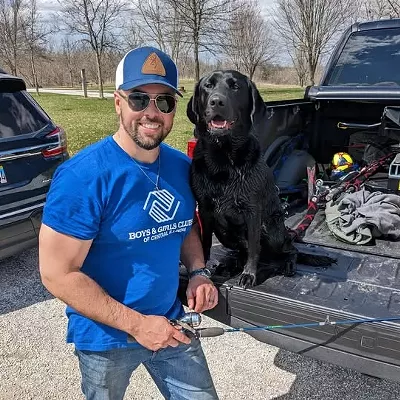Ever been on a bad first date? One where the person you were meeting didn't look like their dating app picture, the conversation was awkward and you didn't have anything in common? After two hours of fumbling your way through an uncomfortable dinner, would you want to go back to the dating app and repeat the process? Probably not.
Unfortunately, many companies are botching new-hire onboarding with awkward and disorganized first-day experiences, then wondering why new hires don't stick around. Here are some of the first-day horror stories I've heard:
• I was put in a conference room and told to watch the company safety videos ... for six hours ... without an offer of water or anything."
• "I found out the job they were placing me in was different than the job I had applied for; and it wasn't something I was qualified to do."
• My manager was on vacation for the first week. I had no work to do, and no one else in the warehouse seemed to know I had been hired."
• "I started on a Wednesday and found out there was mandatory overtime my first weekend."
• They sent me to the wrong building; I was lost and couldn't reach anyone at the company, so after two hours I just went home."
After terrible experiences like these, it's not surprising to learn that, according to a survey by Robert Half Hiring Solutions, 91% of new hires admitted that they thought about quitting within their first month and 28% actually did quit.
How can you increase your chances of winning back your new employees day after day, and forging a relationship that will withstand the test of time? Here are six ways to roll out the red carpet for new hires:
Two weeks before the start date
A great first day doesn't happen on accident. Take the time to craft a thorough onboarding plan well before the actual start date. If you don't have a comprehensive onboarding checklist, it's easy to find a template online. Use the time between offer and start date to order company merchandise as well as laptops or other equipment that might be needed, and send calendar invites to key members of your team who will be involved in the employee's first day.
One week before the start date
Reserve training rooms that might be needed. Make lunch reservations or place your take-out order if you'll be providing lunch on their first day. Line up a new-hire mentor or buddy. Arrange time with your safety trainer, supervisor, co-workers and anyone else the new hire will want to meet on their first day or during their first week. Make sure all participants know their role in helping the new hire be successful.
One day before the start date
Set up the new hire's laptop or workstation so that all equipment is clean, organized and ready for use. Lay out the company merchandise you've ordered. Print any forms, documents, training materials or policy manuals the new hire will need.
The big day
The supervisor, human resources professional or new-hire buddy should be ready to greet the new hire, provide them with a thorough tour, explain job duties, policies and important technology. New hires should have the chance to meet key leaders and coworkers, learn their way around and get their bearings. Don't leave them wondering where to park or the location of the break room.
The next few days
The supervisor or new-hire buddy should check-in with the new hire daily (if not more) for the first week. This time is used for training, feedback and early correction of anything that might get off to a slow start. You want them to know how their performance is measured, what's expected and how to be successful. Don't leave them guessing. Get to know your new hire – their hobbies and interests outside of work – and help them assimilate to your organization and make a first friend at work. Making quick connections and fostering a sense of belonging increases retention.
The next month
Keep the check-ins and feedback coming. Don't assume everything is fine. By offering performance feedback you'll help your new hire perform better, faster and gain confidence that they can reach their potential working for you.
Sink or swim, no training wheels or trial by fire are terrible onboarding strategies. Support your new hire through training, coaching and feedback. If they fail, you'll be starting right back at square one in the hiring process, with the added pressure of team and customer disruption after your new hire quits. Remember, the purpose of new hire onboarding is to help a new hire assimilate to your culture and become a high performer.
Hopefully these tips will prevent any more awkward first dates and leave your new hires impressed and committed for the long run.











